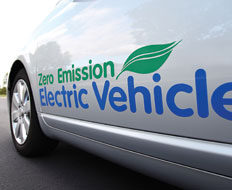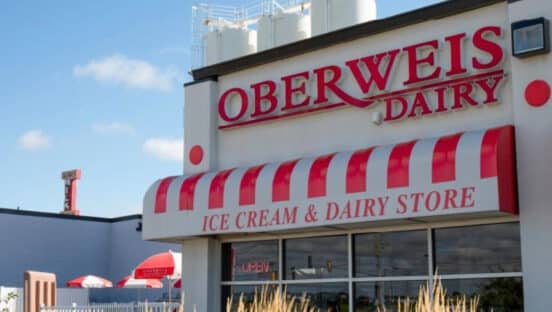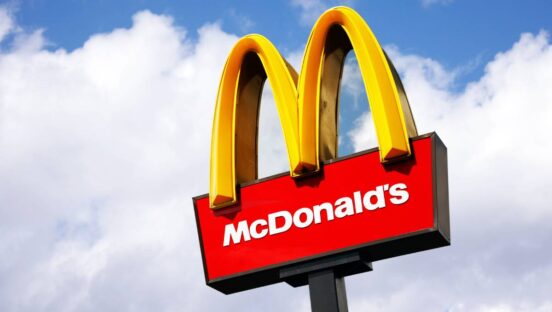It wasn’t so long ago that restaurants kept their books with paper and pencil, advertised mainly in print and on television, and offered coupons that existed in actual tangible newspapers. But advances in various technologies, from POS monitors to the Internet to mobile devices, have changed all of that.
Restaurants are finding the pace of technological change both dizzying and promising. One burgeoning innovation that may further change the way restaurants do business, particularly when it comes to delivery and the mobile food business, is the electric vehicle (ev).
Yes, the electric vehicle has been in the public conversation for years. But for most people, it still seems a machine of the future.
That is about to change. Nissan is promoting the Leaf, a fully electric car, and Chevrolet will soon begin its advertising campaign for the Volt, a four-door sedan hatchback with an electric motor for mid-range trips and a gas-powered onboard generator for long drives.
While both roll outs are considered big gambles within the car industry—especially as relatively stable gas prices have kept the demand for alternative-energy vehicles low—they signal a new phase in the rise of electric vehicles as a viable form of transportation in the 21st century, and quick serves should take note.
Of course, every potentially revolutionary innovation takes time to perfect, especially for mass use. In that regard, the EV is no different than the computer, which once was many times too big and expensive for the average consumer. And with the government subsidizing EV research and offering tax credits for vehicle and charger purchases, the EV should become a more common site on America’s roadways.
With that in mind, some restaurants have already taken EV technology for a test drive. For example, in 2007, Domino’s Pizza stores in Las Vegas tested out a three-wheel, all-electric car called the Zap Xebra for in-city deliveries.
The Michigan-based pizza company ultimately discontinued the pilot program, however, and “is not moving forward with that particular project,” says Domino’s spokesman Tim McIntyre.
McIntyre says the company stopped the program primarily because it is not sure it wants to own a fleet of delivery vehicles as opposed to reimbursing employees for using their own cars. The discontinuation was not because of the limitations of the electric car.
Still, Domino’s wants to see EV technology develop further before it commits beyond the trial stage, McIntyre says.
“We have a long list of projects and innovations that we are looking at,” he says. “Some things get crossed off the list and we move on. The alternative vehicle study is still on the list.
“But we haven’t seen anything compelling enough to accelerate it closer to the top of the list,” McIntyre says.
That assessment may be the standard among large chains. In 2008, California-based El Pollo Loco tested EV delivery. Now the program “is on hold pending a more favorable economic climate,” says spokeswoman Julie Weeks.
But the slow economy is exactly why restaurants should embrace electric vehicles, says Ron Freund, director of the nonprofit Plug In America.
“An electric vehicle may have a higher upfront cost, but the total cost of ownership over a reasonable time … will not be significant,” Freund says. “If you take a $16,000 gas-powered car, over the course of 10 years with $3-per-gallon gas you will spend that amount of money over again just in fuel. You can cut that wickedly by going electric. We’re talking less than two pennies a mile.”
Besides the savings on fuel, Freund says electric vehicles break down less often because they have fewer moving parts than cars with an internal combustion engine.
“Generally there is very little repair involved,” Freund says. “You don’t have smog checks, you don’t have oil changes, you don’t have the annual nonsense. Assuming you don’t drive into a tree, the costs for operation are really, really low.”
Tom Moloughney runs an Italian restaurant in Montclair, New Jersey, and makes all of his deliveries in his Mini E, an electric vehicle by BMW that is still in the trial stage and averages 100–120 miles per eight-hour charge. After 16 months and 45,000 miles, Moloughney says the EV is ideal for restaurant delivery.
“With food delivery, you do a lot of short trips and mostly at slow speeds on secondary and tertiary roads,” Moloughney says. “That’s perfectly suited for electric vehicles. The battery takes a beating at high speeds, but low-speed city driving is the best thing you can use an electric car for.”
That may especially be the case considering electric vehicles’ limited driving range. On average, a fully charged EV battery can last for about 120 miles—not exactly a high yield on a charge time that can take anywhere from eight to 20 hours depending on the voltage of the charger.
Moloughney predicts the EV will become the standard of restaurant delivery in the coming years as companies like Chevy and Nissan refine the technology. For now, some operators are tackling the EV trend from a different angle by offering charging stations. From coast to coast, restaurants have made the roughly $5,000 investment (not factoring in tax credits) to flex their 21st century muscles.
“We installed it for the future,” says Andy Gross, who recently purchased charging stations for two of his Buffalo Wild Wing locations in Central Florida.
Gross says his customers have reacted positively to the charging stations, though few used them.
It’s a similar story at Southpark Seafood Grill & Wine Bar in Portland, Oregon, where two charging stations were installed in March. General manager Karin Devencenzi says Portland’s green-minded citizens appreciate the investment, though not many have used the stations.
Still, she says she doesn’t regret the expenditure.
“We’re going to continue to move in that direction wherever we can [because] we anticipate that the use is going to grow in Portland,” she says.
Across the country, a lot of businesses have placed the same expensive bet. The near future will show whether it pays off.












